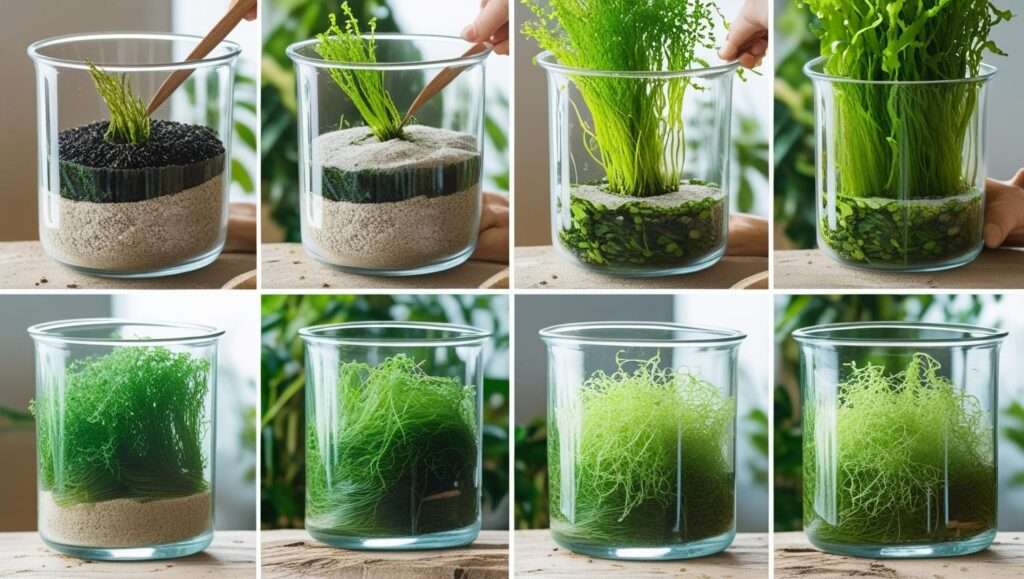Basics of Seaweed Farming
Basics of Seaweed Farming is an innovative, sustainable practice that is revolutionizing the way we approach aquaculture. In this comprehensive guide, you will learn everything from the fundamentals of seaweed farming to advanced techniques, with a particular focus on environmental sustainability and economic growth opportunities. Moreover, seaweed farming offers numerous benefits, such as reducing ocean acidification and providing valuable raw materials for food, cosmetics, pharmaceuticals, and biofuels. Whether you are an aspiring seaweed farmer, an investor interested in eco-friendly industries, or simply curious about the potential of seaweed farming, this page offers an in-depth look into one of the most promising fields in modern agriculture.

A Sustainable Solution for Ocean Health and Climate Change:
Seaweed Farming is a sustainable and eco-friendly practice that benefits both agriculture and marine ecosystems. By absorbing excess nutrients and carbon dioxide from the water, seaweed helps prevent harmful algal blooms and promotes marine biodiversity. It serves as a natural filter, improving water quality and providing habitat for various marine species. Additionally, seaweed farming is considered a “blue carbon” solution, as it captures and stores carbon from the atmosphere, helping to mitigate climate change. This makes seaweed farming an important tool in both ocean conservation and global efforts to combat environmental degradation and climate impacts.
All Basics of Seaweed Farming Related Post

Chromosomal Aberration Calculator

10 Best Pond Aerators of 2025: Expert Reviews, Comparisons, and Buying Guide

10 Best Hydrogen Water Bottles in 2025: Expert-Tested Picks for Antioxidant-Rich Hydration on the Go

Does Lemongrass Repel Mosquitoes? Proven Natural Pest Control Method for Your Farm

Green Building Calculator

Noise Pollution Calculator

Best Tools for Pest Management: Top Picks for Farmers 2025

Maximize Your Garden’s Potential: How to Use 16-16-16 Fertilizer for Vibrant Plants

Potentiometric Titration Calculator

Divergence Time Calculator

